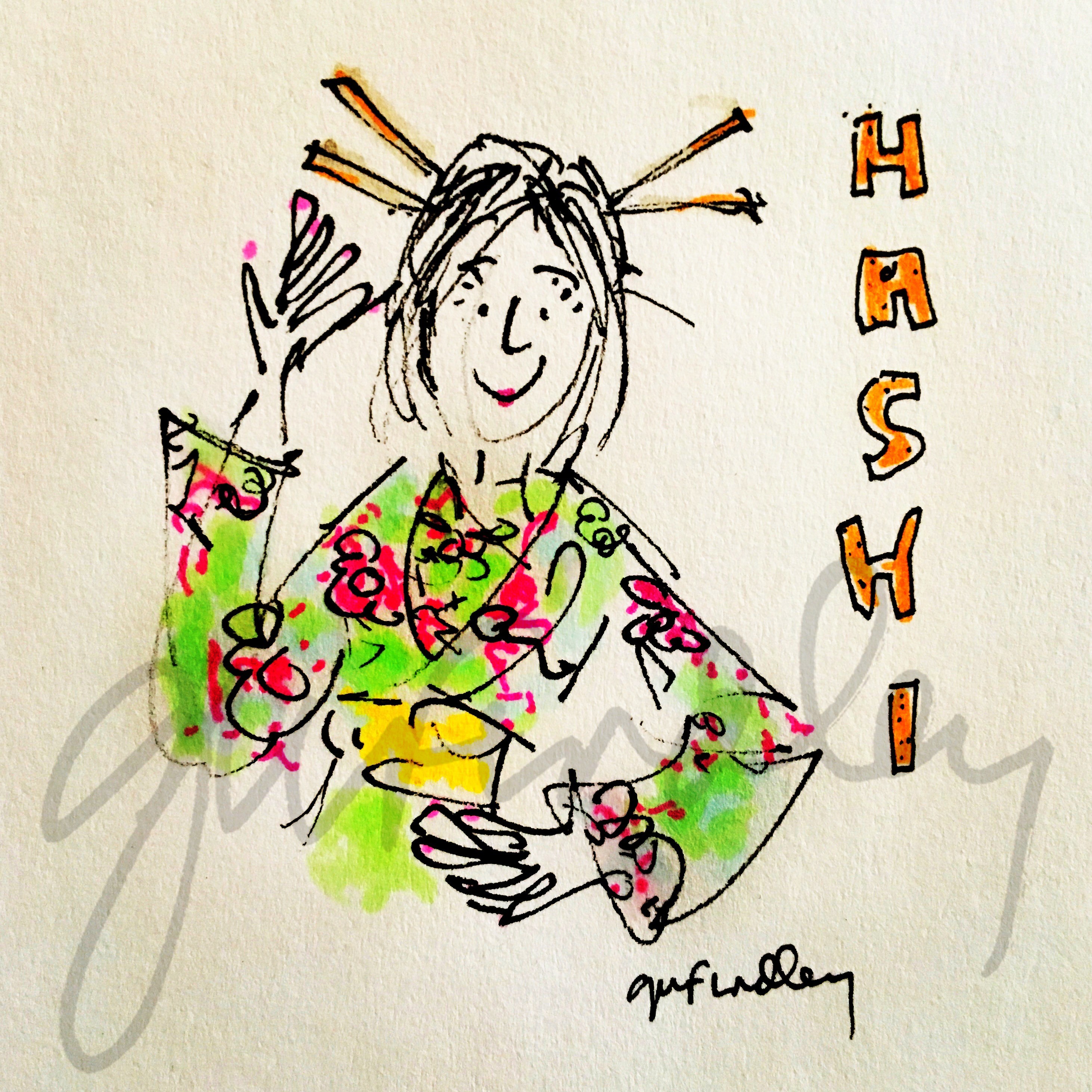Description
With Cropsticks, you now have a built-in rest which is authentic to the Asian dining experience. Cropsticks are made from fast growing bamboo. Currently, 45% of one time use chopsticks are still made from trees. That’s around 36 billion chopsticks contributing to deforestation and increased carbon emissions. Chop a tree down, it’s gone forever. But chop down bamboo, it grows right back.
Once Cropsticks are used, restaurants have the option to upcycle our product into beautiful tiles made for shelving, flooring, table tops and more. We like to think it’s being sustainable at full circle.




